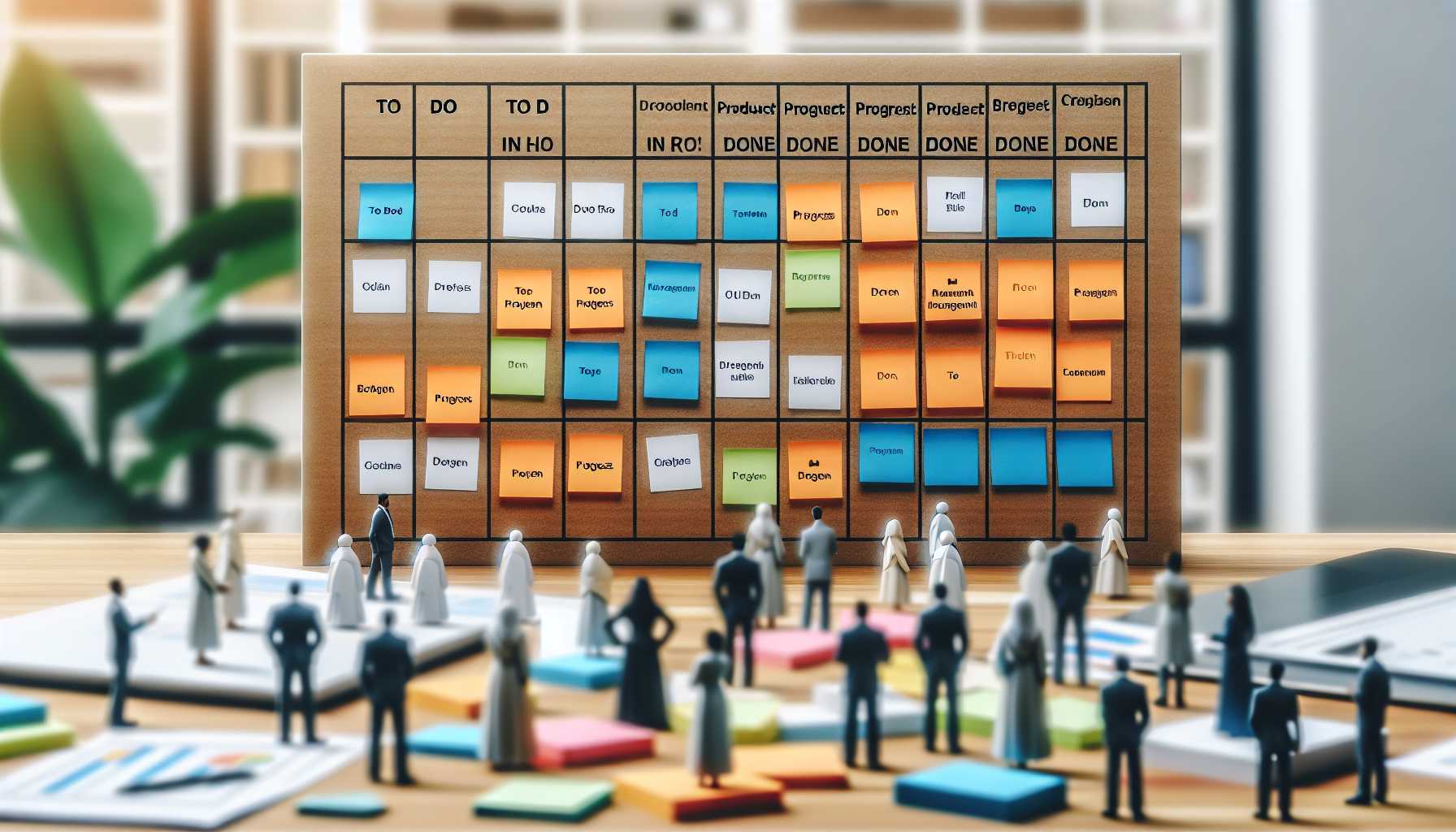Hello astute product managers,
As product managers, we’re no strangers to the importance of a well-managed product backlog. It’s the heart of our product development process, dictating what our teams will work on next. However, mastering product backlog management in an ever-evolving tech landscape is a skill honed over time and experience. I want to discuss strategies for managing your product backlog effectively, combining industry best practices with personal insights gleaned from the trenches of product development.

Establishing Clear Prioritization Criteria
Prioritization is the cornerstone of effective backlog management. A clear and agreed-upon set of criteria is essential. My approach has always been to combine quantitative and qualitative metrics, such as business value, customer satisfaction, and technical feasibility. The Weighted Shortest Job First (WSJF) method has been particularly effective in my past projects for quantitatively prioritizing features.
Regular Backlog Refinement
Repeated backlog grooming sessions are vital. These should not be mere administrative chores but strategic meetings where the value and scope of each item are discussed and revisited. One memorable project involved weekly grooming sessions that allowed us to pivot quickly as user feedback came in, keeping the product relevant and competitive.
Involving Cross-Functional Teams
Backlog management should not be a siloed activity. Including cross-functional teams in the process brings diverse perspectives and ensures that the product vision aligns with technical capacity, user experience, and business goals. In my experience, a project for a mobile app benefited enormously from the inclusive discussions that addressed valuable insights from engineering, design, and marketing upfront.
Balancing Technical Debt with New Features
Ignoring technical debt can be a pitfall in product backlog management. Balancing new feature development with necessary refactoring or paying off technical debt is crucial. I’ve seen a strategic approach to this balance result in a more stable and scalable product, which in turn led to higher customer satisfaction levels.
Utilizing User Stories and Acceptance Criteria
Well-crafted user stories with clear acceptance criteria are the bedrock of an actionable backlog. This approach has always helped my teams understand the ‘why’ behind a feature, leading to more focused development efforts. A particularly successful launch in my past relied on extremely detailed and collaboratively written user stories, which left little room for misunderstanding and streamlined development.
Visualizing Progress with Kanban Boards
Kanban boards are a favorite tool of mine for visualizing backlog and work in progress. They provide a high-level overview that helps in identifying bottlenecks and ensuring a smooth flow of work. I recall how a Kanban board helped my previous team to see the buildup of work in the testing phase, prompting us to allocate more resources to that area to avoid delays.
Ongoing Stakeholder Engagement
Regular engagement with stakeholders ensures that the backlog reflects the evolving needs of the business. I learned early in my career that neglecting this dialogue can lead to a disconnect between what’s being developed and what’s actually needed. A monthly ‘stakeholder sync’ was instrumental in keeping the product roadmap accurate and relevant in a rapidly-changing market.
Implementing effective product backlog management is not just about tooling or processes; it’s about building a culture of collaborative prioritization, continuous improvement, and transparency. The rewards of these efforts are products that truly resonate with users and drive business growth.
To impact and influence,
Your Product Management Confidant
